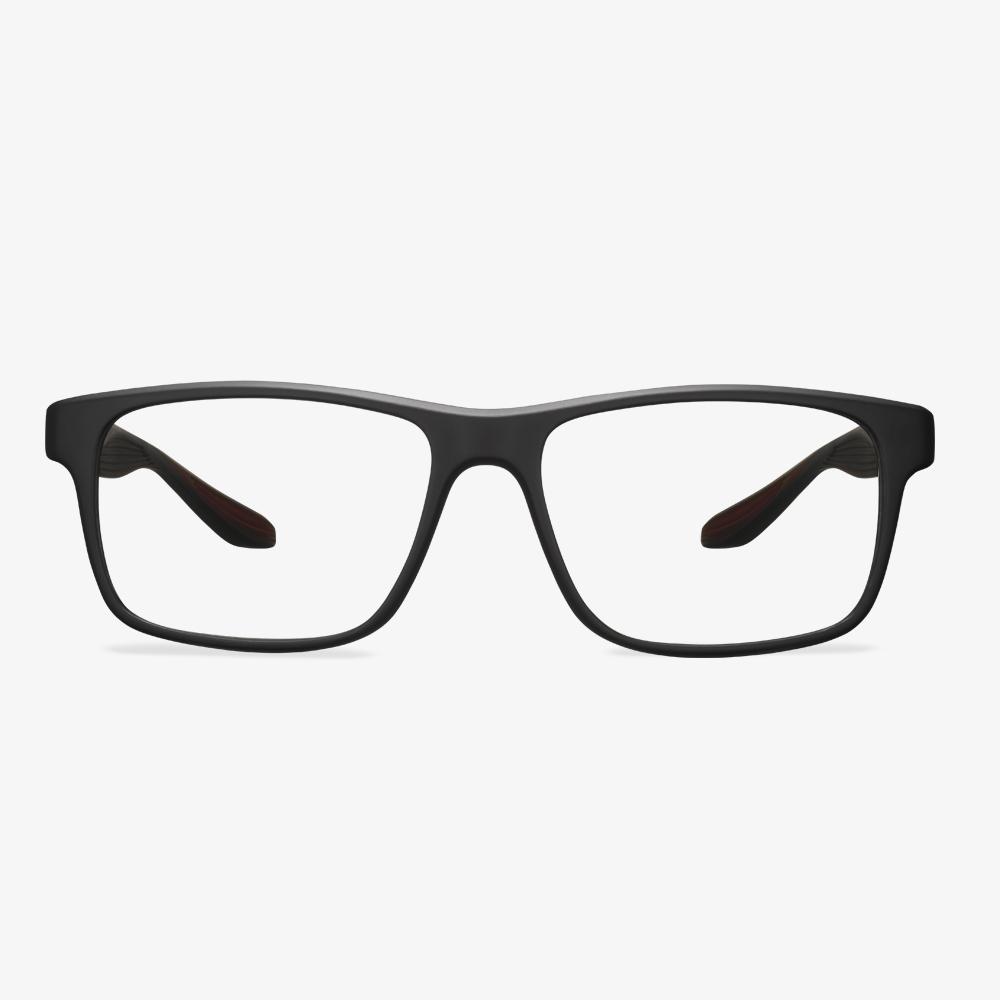How many degrees of myopia do I need to wear glasses?
Students are the most nearsighted because they need to read and study every day. Many people have myopia during their student days. During the physical examination, everyone will check their eyesight first. Generally speaking, if the visual acuity is lower than 0.6, it means that you may be near-sighted to 0 degrees. At this time, you need to go for optometry to see the specific vision situation and see if you need to wear glasses. If the visual acuity tested exceeds 200 degrees, you must wear glasses at this time. If you do not wear glasses, your vision will be greatly affected, and the degree of myopia will rise quickly. For this reason, you must wear glasses in time to correct your vision. If the degree of myopia does not exceed 0 degrees, this is pseudo-myopia and does not require glasses. However, you should always take care to protect your eyes, avoid staring at things at close range for a long time, and don't let your eyes get too tired, so your vision will slowly return to normal.
What symptoms does myopia have?
Myopia is a problem related to the eye's ability to focus on distant objects. The manifestation of myopia is that blurred vision at a long distance. But near-distance vision is good. Early myopia often has long-distance vision fluctuation and squinting when looking at distant objects. Because looking close need not or less use an adjustment, and set function is weakened correspondingly. Those with high myopic have poor far vision, often accompanied by poor night vision, floaters, and other symptoms. Changes in the fundus of the eye can occur to varying degrees. It can form irregular shape white atrophy spots and so on.
The anti-reflection principle of the anti-reflection film
Anti-reflection Coating, known as anti-reflection membrane, is called anti-reflection coating in English, or AR membrane for short. The basis of anti-reflection is the wave and interference of light. The principle is: Two light waves with the same amplitude and the same wavelength are superimposed, then the light wave amplitude is enhanced. The two wavelengths and amplitudes are the same, but the superposition of wavelengths with different wave paths (similar to dislocation) cancels each other out. Therefore, the anti-reflection film plated on the surface of the lens uses this principle to make the reflected light generated by the front and rear surfaces of the film layer interfere with each other, thus canceling each other and achieving the effect of reducing reflection.
How to Keep Glasses from Slipping
Stick-on Nose Pads
Nose pads would be a good choice to prevent glasses to slide down your nose. Hence, you can stick a pair of rubber pieces in the nose pads of your glasses or you can choose a pair of glasses with rubberized nose pads. If you want to try a pair of nose pads glasses, the Koalaeye Optical may be a good choice. The rubber nose pads will make you feel steadier and better and the additional resistance on the nose pad will surely provide more support. So, if your glasses often slip down from your nose, try this way.
Wax Coating
To keep glasses from slipping, you can try wax coating which is a smart move. Use the wax on your nose pad area along with the temple where the glasses come into contact with the skin. In general, it works fine and it is nearly invisible.
Temple Ear Hook
The temple ear hook is a good way to keep glasses from slipping. It can provide mechanical support behind the ear and you will feel the support from the back of your ears. But the drawback of the temple ear hook is that it is quite visible. When you take off the lenses, you need to lift the temple higher so that the ear hook could clear the ear’s crest. Besides, the cheaper one might cause some discomfort to the back of your ears because of the pressure.
Rubber Bands and Hair Ties
To keep glasses from slipping, you can also try hair ties and rubber bands. You can tie one around the temple tip behind your ear so that it can provide both slight mechanical support and friction forbidding your glasses from moving around. What’s more, this is a low-cost method.
Are children optometry matched with glasses the same as adults?
The optometry of children is one of the main works of optometry. Compared with adult optometry and glasses, children's optometry and glasses have both commonness and particularity. It is an area at the intersection of pediatric ophthalmology, pediatric optometry, and optometry. It requires the operator not only to have the knowledge of ophthalmology but to have the basis of children's ophthalmology and children's optometry. And they should be an optometry expert. Dealing with children's refractive problems is as much an art as a technique.
What Are Plano Lenses?
Plano lenses are simply optical lenses which provide no corrective power. That is to say. Plano lenses are eyeglasses lenses that provide no vision correction. They are in widespread use as protective equipment or safety spectacles designed to protect against eye injuries caused by flying dust, metal, wood chips, and other particles.
What Does Plano Mean for Glasses?
If you need a pair of plano glasses, you will see the term plano, PL or 0.00 in the Sphere box on your eye prescription paper. That means that the lens has no corrective power. If only either of your eyes requires correction, you may be given a pair of glasses that as one corrective lens for the affected eye and a plano lens for the unaffected eye.
Is a nose pad become green harmful?
Pure copper rust contains bacteria that affect the skin and can cause breakouts or skin irritation. High-end glasses are made of alloy materials with lead and nickel not exceeding the standard. Low-end and cheap glasses may not contain environmentally friendly alloy, which will do harm to the human body if it rusts.










































